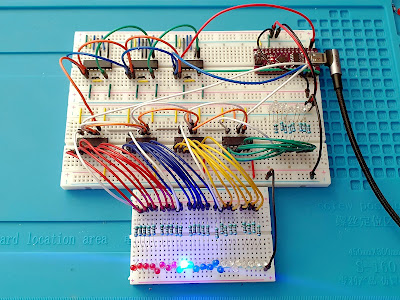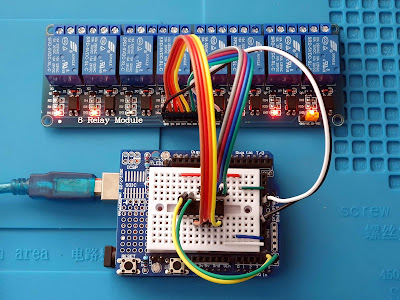-
On
chevron_right
How to use the EZP2023+ USB Programmer
pubsub.slavino.sk / onetransistor · Tuesday, 26 December - 12:51 edit · 1 minute
Previously I analyzed the hardware of EZP2023+ USB Programmer to find it is a rather simple device, based on CH552G microcontroller which allows for SPI, I2C and MicroWire capabilities. If you didn't know this is a serial memory programmer, which can be used to read and write a variety of memory chips, including EEPROMs and BIOS ICs commonly found in computers and other electronic devices. After I traced the schematic, I realized EZP2023+ also comes with mixed voltage levels (meaning it powers the memory to program with 3.3 V while the data bus uses 5 V for I/O) and this is a big issue since it can destroy whatever you are trying to read or program.
In this post I will share my experience with the programmer and discover some flaws of its programming software. You should get the programming utility on a CD which is in the product box. Since recent computers and notebooks no longer have an optical drive, this is already an issue. Getting past that, on the CD you will find the user manual and accompanying software, with driver. Let's see how you get everything ready to program memory chips.
Read more
Značky: #Elektro, #Programmer, #Electronics, #EZP2023, #SPI, #I2C





